January appears to have been a quiet month, after my return from South America/ Australia.
On the down side, it does not seem to have stopped raining since my return; but warm!

Epiphany on the 6th, and a special day where the strength of lighted is noted – the sun is returning!!
And, there are hints of spring:
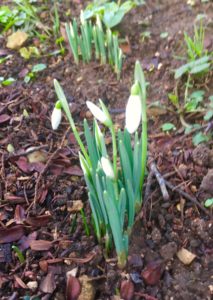
Also, an amazing Wolf Moon – on a night when it was clear enough to enjoy it. Exceptionally, it coincided with a Lunar eclipse making the spectacle even more intense:
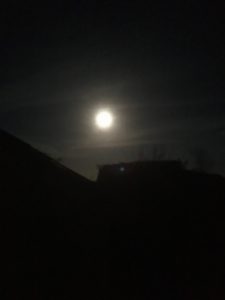
https://www.space.com/35281-january-full-moon.html
More King Crimson writing. My Anniversary Essay went out on the DGM page:
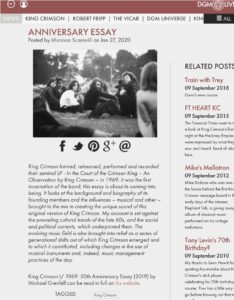
http://www.michaelgrenfell.co.uk/music-n/king-crimson-i-1969-50th-anniversary-essay-2019/
Someone sent me a photo from my past. This would have been in 1978 when I lived in Toulouse, France and worked for the Aérospatiale there! 44 years ago!:
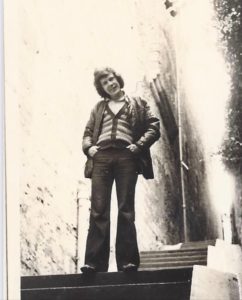
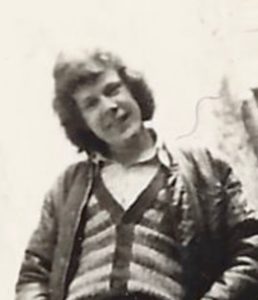
Some interesting reading and listening this month.
For my CD of the month, I choose the latest from Michael Kiwanuka.
What am amazing combinations of sounds, vibes and sources. I hear, believe it or not, tropes of: Tim Hardin, Fifth Dimension, Cornershop, Bill Withers, Yousou N’Dour, Samba and Marvin Gaye. If he ever gets to synthesise all of these as one voice, that would be some formidable sound. Still rather good though….
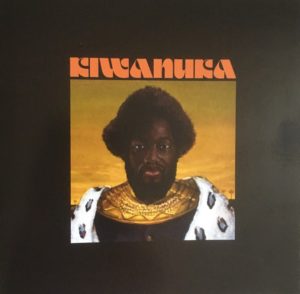
I am still reading the Hesse book from last month as it is rather long – 800 pages. Enjoying it and learning a lot more about a writer who I have always felt drawn to: like the way he tried to enroll for the front line in the First World, his very troubled relationship with his parents, and the way he was completed ostracized by German intellectuals for his lack of nationalist fervor. He comes over a lot tougher than often thought. Also, there is this struggle for personal self-hood that was resonant with those reading him from the 1960s – here you see the buds of the struggle opening in another time, and therefore not fully developed. He made a lot of mistakes along the way, not least marrying three times to women he seemed to have very little in common with. But, it was the done thing:
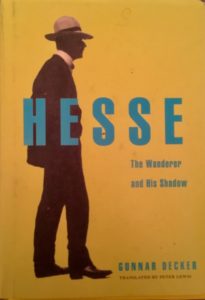
When I used to visit the house of John Fowles in Lyme Regis, there was this painting that he kept over his stairway. At dusk, there would always be a lamp lit there – I took it as a kind of symbol of ‘at home’ or presence. Incidentally, it is a practice I have adopted myself: always light a lamp at dusk to acknowledge that special point of the day – when the day is over but the night not yet arrived.
The very same painting was used on the cover of the original edition of A Maggot:
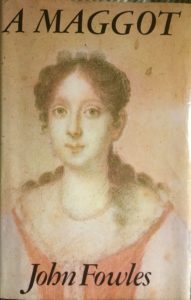
In the intro. to this book, Fowles explains how he came across the water colour. What attracted him to it, besides the subtle colours and the vivacity of the face staring back at him, was that it was dated in a very precise way – and unusual for that: 6 July 1683. Fowles’ novels always seemed to begin with a single – dream – image for him. He recounts how one such image that kept coming back was of a group of figures riding on horseback against a sky at dusk somewhere in the West of England. One day, he connected that image with the painting and told their story.
And, what a strange story it is: beginning with intrigue and the sexual habits of the ‘gentlemen’ of the day and – along the way – even reproducing copies of magazines of the day – ending up in a mystery story involving alchemaic philosophy, possible visitors from outer space, individual liberation/ salvation, and the founding of a significant breakaway sect of the Quakers.
It was just about the last piece of fiction Fowles wrote, although living for another 20 years. Given his very atheistic views and attachment to natural history, it is quite extraordinary that he should write such a book.
He insisted that it was not a ‘historical novel’ (pace Lukacs), but as the title suggests, A Maggot – which he explains is not only the larval stage of a winged creature but a term with a much older (and now obsolete) definition, ‘a whim or quirk’. Maybe this is part explanation and part apology.
There is a third meaning given in the novel.
Reading it again after 35 years, I found it most intriguing and enigmatic.